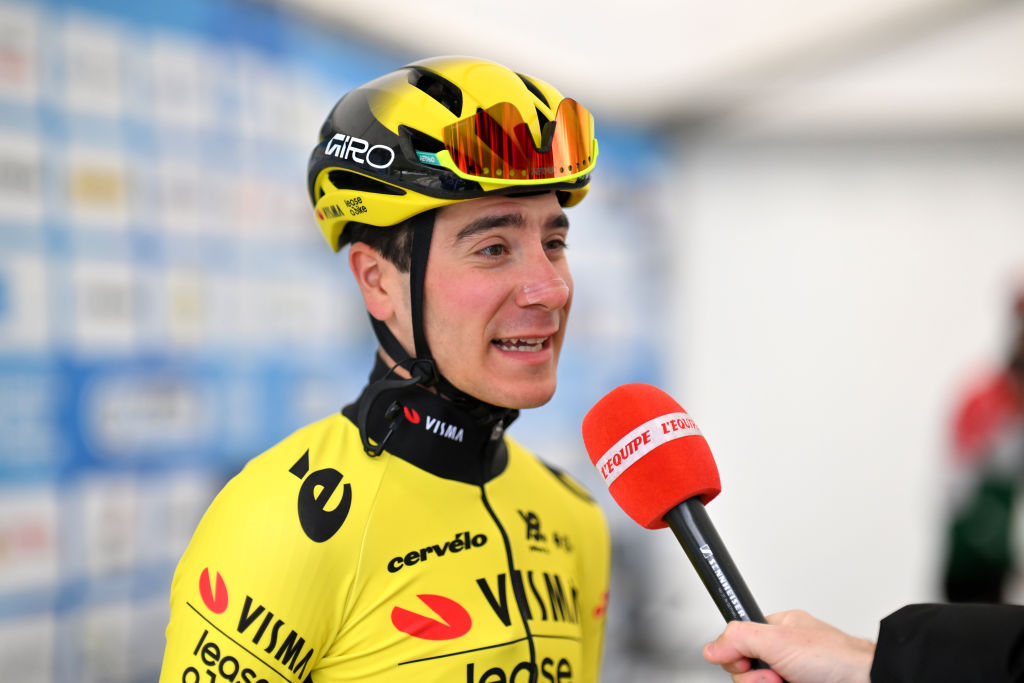Alvis watching with interest as Zirbel plans US Hour Record attempt
Former 7-Eleven, Motorola and Saturn pro has held the current mark for nearly two decades
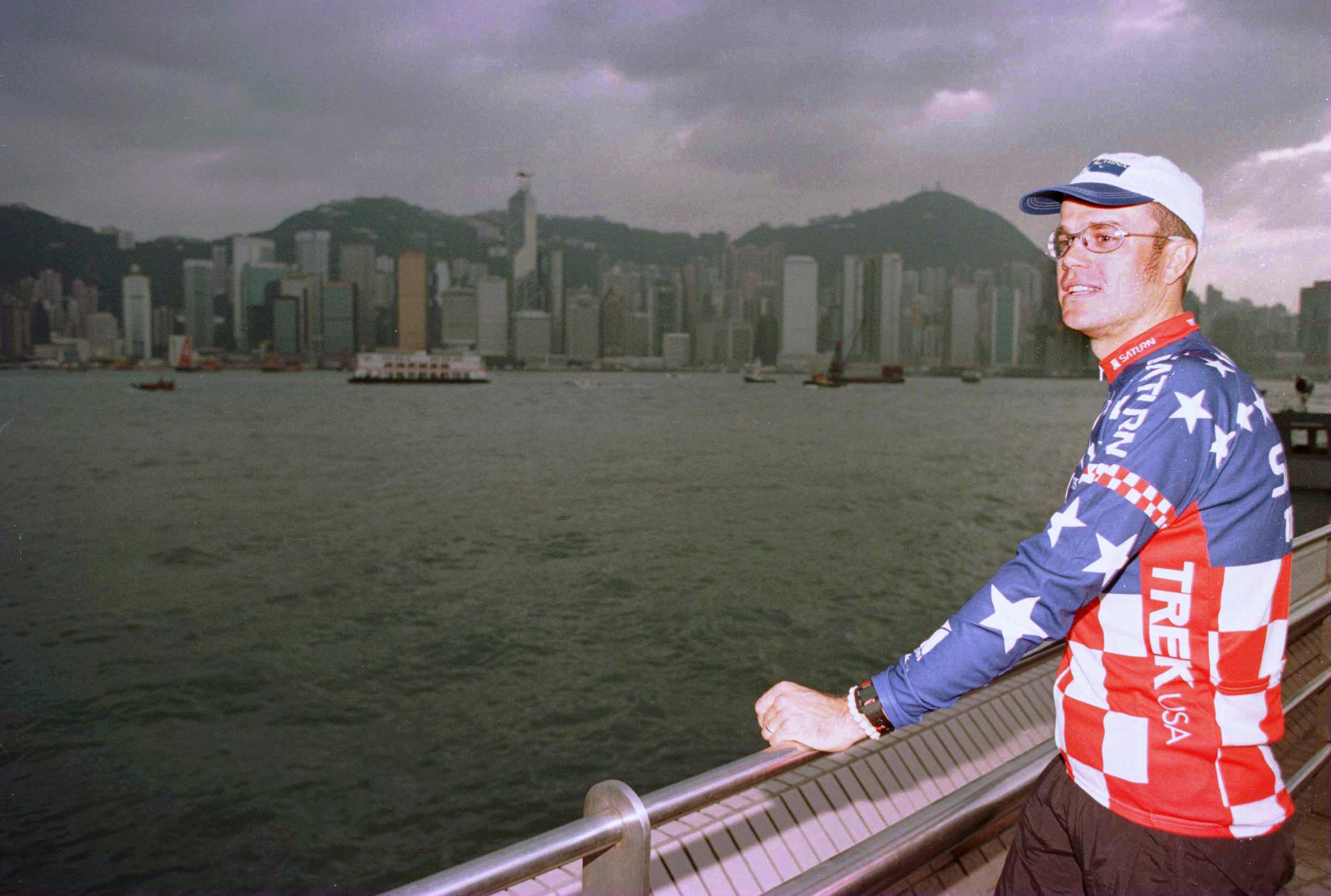
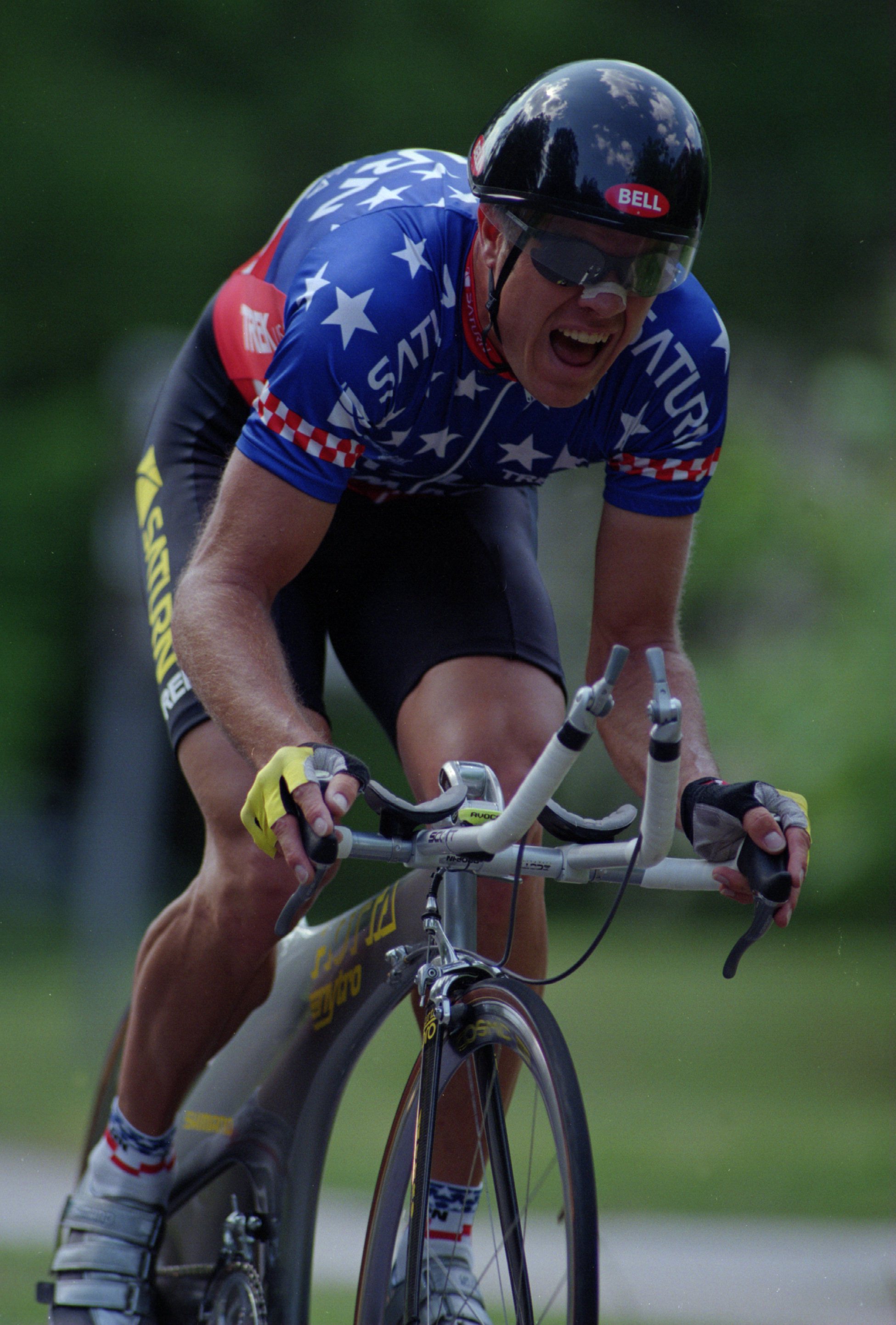
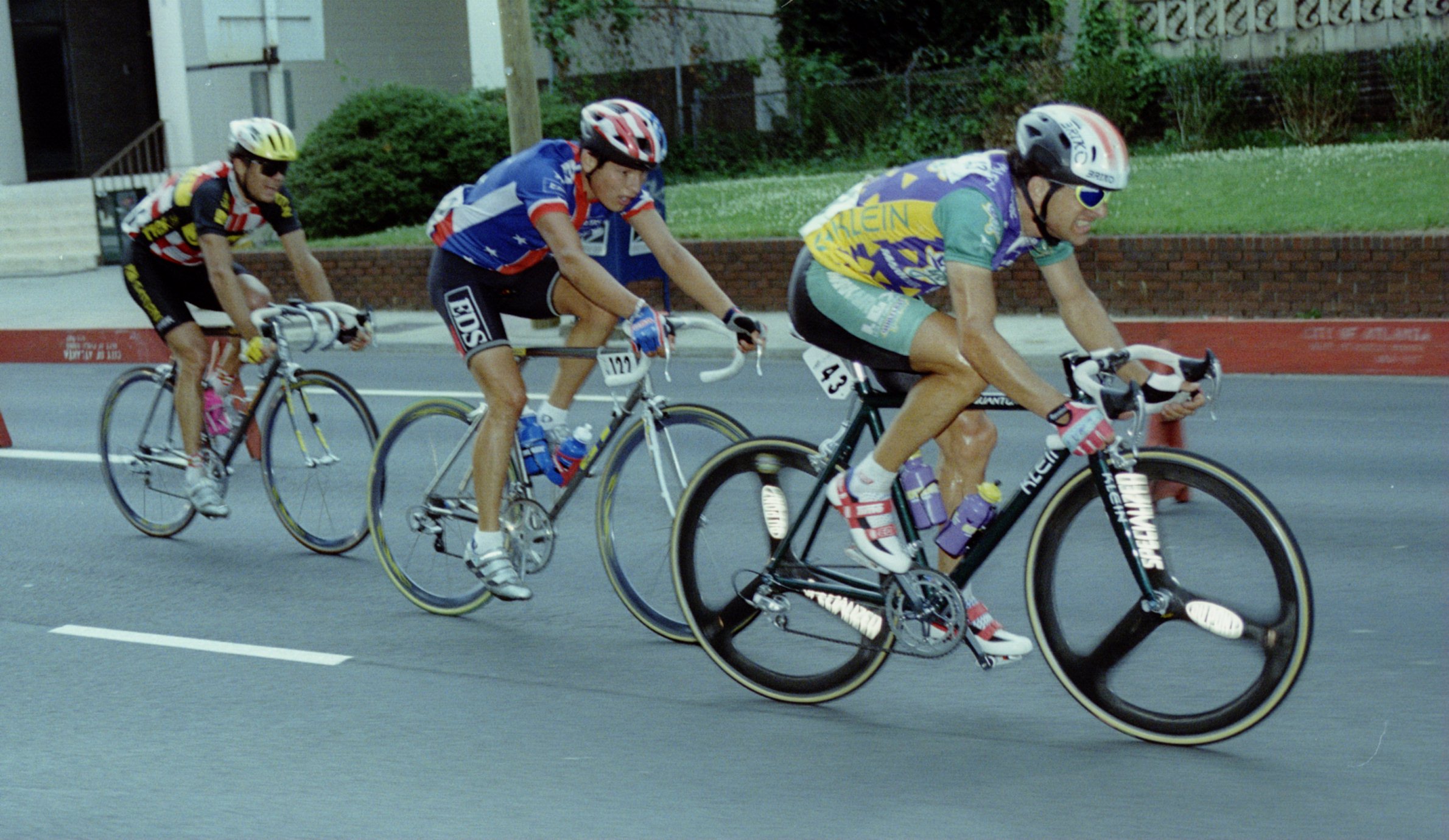
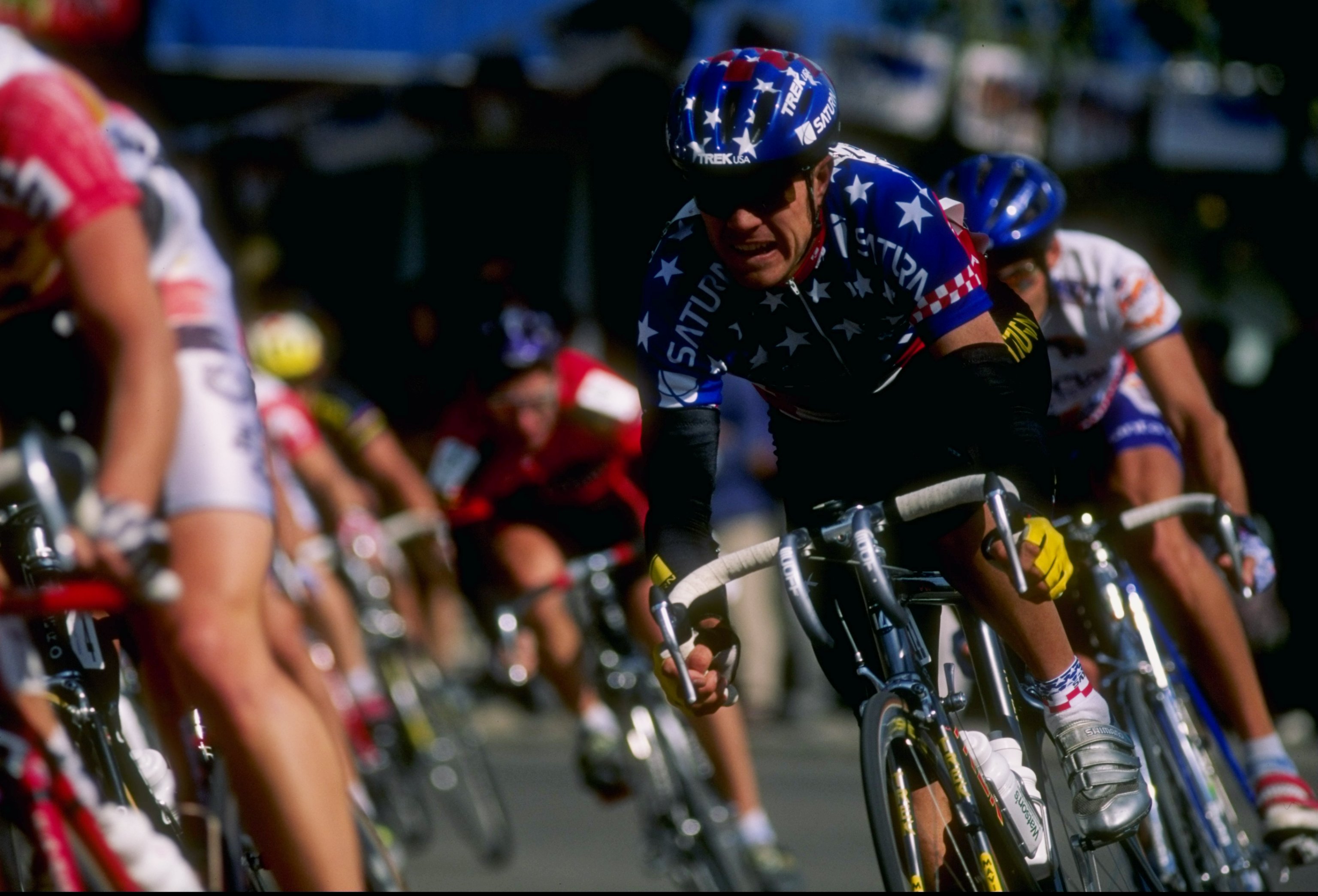
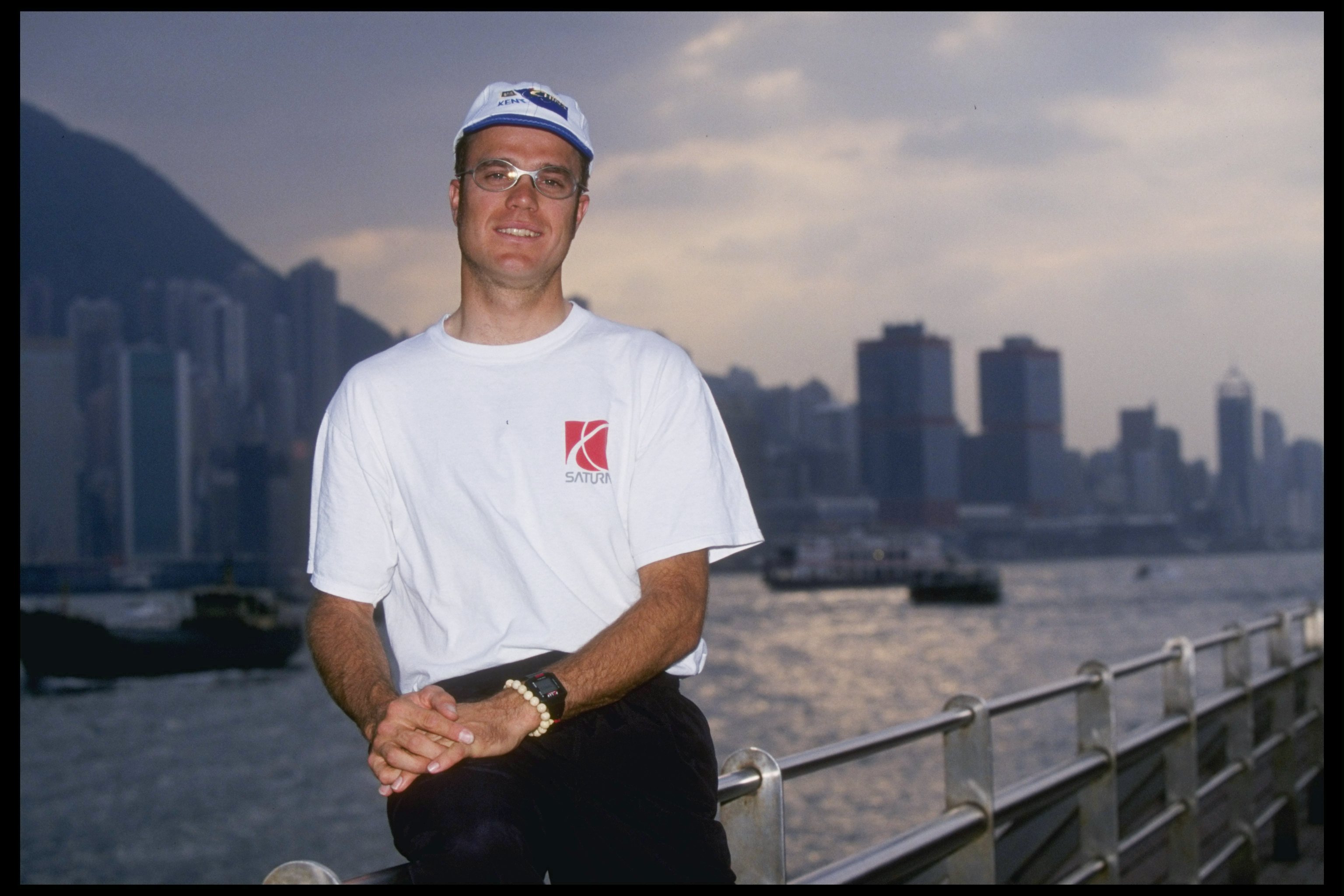
Norman Alvis has been the king of the US Hour Record for nearly two decades, but the mark he set in 1997 in the twilight of his own professional career is facing a serious challenge this week as Rally Cycling's Tom Zirbel will attempt the feat Friday in Aguascalientes, Mexico.
Although Alvis has had plenty of time to grow accustomed to his spot on the US Hour throne, he told Cyclingnews he'd be more than happy to give it up if Zirbel succeeds in going past his mark of 51.505 km.
"I think it's great. I'm glad that someone's doing it," he said from his office in Colorado Springs, where the now-53-year-old father of six lives and works as a portfolio manager for US Bank. "It's not something that gets a lot of airtime. It's a hard thing to do; it's a hard thing to organize.
"I don't know Tom personally, but I know from the results and the things that I read on Cyclingnews that he's a fabulous time trial rider," Alvis said. "When I see pictures of him I see a fairly aero rider, so I'd give him a huge chance of success. And frankly, I hope he breaks it. That's what records are for. It's not something so personal that I want to keep it forever. That's a ridiculous notion. I think he will break it, and I'm excited for him to do that."
Zirbel, the 2013 US time trial champion, is retiring after this season, and the US Hour Record attempt will be his final outing as a pro. The 6-foot-4-inch rider will have all the latest technology at his disposal and has proven throughout this year that he has the form to put in top rides. Zirbel has a good chance of toppling the record that Alvis admitted he never really thought would last this long.
"No. Not at all," Alvis said when asked if he foresaw his record's longevity.
"At the time – and I would imagine it's a little bit like this for Tom – it was at the end of my career and I happened to have a break in September before I went down and did the Sun Tour in Australia, and I was like, 'Geez, what am I going to do for a month?' It may not have been exactly a month; it was two decades, so it's a little bit unclear. But it seemed like, you know, this kind of works, and that sounds like a good idea. That's kind of the long and short of it. It wasn't this long-planned thing for that 1997 season. I wouldn't be surprised if it's similar for Tom, because he's at the end of his career and it probably sounded like a good thing to do."
The latest race content, interviews, features, reviews and expert buying guides, direct to your inbox!
Just killing time between races
During Alvis' 10-year professional career, which stretched from 1989 through 1998, he rode two years for 7-Eleven, four years for Motorola and with Saturn for his final four years. He competed in four Grand Tours, including the Giro d'Italia three times between 1990 and 1993, and the Tour de France in 1990.
Freed from domestique duties when he moved to Saturn in 1995, Alvis won the US professional road championship that year with a victory at the Philadelphia International Cycling Classic, then added the Herald Sun Tour and the Tour de Toona in 1997. With his career winding down but still with obvious good form, Alvis targeted the hour in September of that year and started preparing.
"I didn't do much position work, because if you think about it, any rider who's finishing a season has just spent 10-15,000 miles and countless hours in a certain position," he recalled. "Even if you're a time trial specialist, if you do 80 races in a year, probably 10 or fewer of them are going to be time trials, so it's not the time trial position that drives all you're riding, it's, well, how can I get more aero on my time trial bike while still being able to road race?
"I will say at that time you had the specialists like Graham Obree and the funky stuff that he was coming out with, so I tried to modify and get something like that, but I'll be honest, it quickly became apparent that one of the limitations was to be comfortable so that you could actually ride for an hour."
On a beautiful bluebird late-summer Colorado afternoon, he beat the previous mark of 50.191 that Colby Pearce had set in 1995 on the same 333m Colorado Springs velodrome. Pearce tried to take the record back later that year and was ahead at 10km but then started falling behind and eventually abandoned the attempt. Pearce tried again in 2013, but once again fell short, leaving Alvis' record standing.
Changing rules and changing clothes
Alvis' mark benefited from a shift in the rules governing the record when the UCI decided in 2000 that any attempts had to be done on a traditional track bike, much like the one used by Eddy Merckx in 1972. Alvis said when the UCI adopted the new rules, he started to think that maybe his US record would hang around for awhile.
Aside from wiping out earlier international records by Chris Boardman and Graham Obree, however, the rule change also appeared to stifle interest in the Hour Record, and in 2014 the governing body changed the rules again, this time allowing the same bikes and equipment used for endurance events on the track. Areo bars, disc wheels and aero helmets were back, spurring renewed interest in the record and a flurry of attempts that culminated with Bradley Wiggins' current UCI Hour Record of 54.526 km.
"I think it's fascinating how far he went, especially since he's approaching the distances of Boardman and Obree, who were position-unlimited, and then other factors of other riders as well," he said. "I don't think it's something that, 'Oh my gosh, it's untouchable,' because of how much technology has evolved. We've seen it evolve already quite a bit.
"Now they're talking about the fabric of the clothes you wear, and the impact that, that can make. I think that's fascinating. That stuff doesn't bother me at all. It fascinates me more than anything. One of the things that Wiggins' mark makes me think about is what technology is forthcoming in the next 10 years that will allow someone to push even further."
Alvis obviously welcomes the rediscovered interest in the record, especially as it filters down from the professional attempts into the amateur ranks and increased interest among the grassroots in setting records on local velodromes.
"It's a fantastic segment of the sport to have," he said. "There aren't a lot of tracks around the country, but if you think about it, it's a safe place to ride. There aren't cars – with the exception of dernys sometimes – and it really teaches super skills for any type of bike racing. So I like this resurgence of opportunities to do records of all sorts, not just the hour."
Another attempt this winter
Alvis could soon be back among those hopeful record breakers. He still races regularly in Colorado, taking in a diet of mostly criteriums, sometimes doubling up in a single day in both the 40+ and 50+ Masters races. He generally finishes in the top 10, if not on the podium, and he won his last race – the 50+ Colorado state criterium championships – in front of the 36 other determined riders.
He told Cyclingnews he wants to take a run at the 50-54 Masters World Hour Record of 47.9km later this year when the Colorado Springs velodrome is covered for the winter.
"I'm working on that, and this goes back to the fascination with the changes in technology and more opportunity to focus on it," he said. "I know the Masters 50-54 World Hour Record is 47.9, just under 48, and sometimes I think three-and-a-half kilometres left, that could be pretty doable. But then I get on my bike and try and go that fast, and well, an hour is a long time."
Alvis' own upcoming attempt will allow him to focus on the aerodynamics that fascinate him and, for the first time, he says, provide him with the opportunity to try and dial-in his position on the time trial machine.
"I raced the Colorado crit season, and that finished a couple of weeks ago, so there I am in the garage on the rollers on the time trial bike having my kids video me from the side so I can see just how aero I look. I'm taking the time to adapt to a very aero position, again so I can sit there for an hour and put out some decent wattage.
"So, yeah, I'm curious to see how it would go and how those elements of adapting to a better position and then changes in aerodynamics, well, how much of that age degradation in performance will that make up?"
Growing up in Missoula, Montana, Pat competed in his first bike race in 1985 at Flathead Lake. He studied English and journalism at the University of Oregon and has covered North American cycling extensively since 2009, as well as racing and teams in Europe and South America. Pat currently lives in the US outside of Portland, Oregon, with his imaginary dog Rusty.
